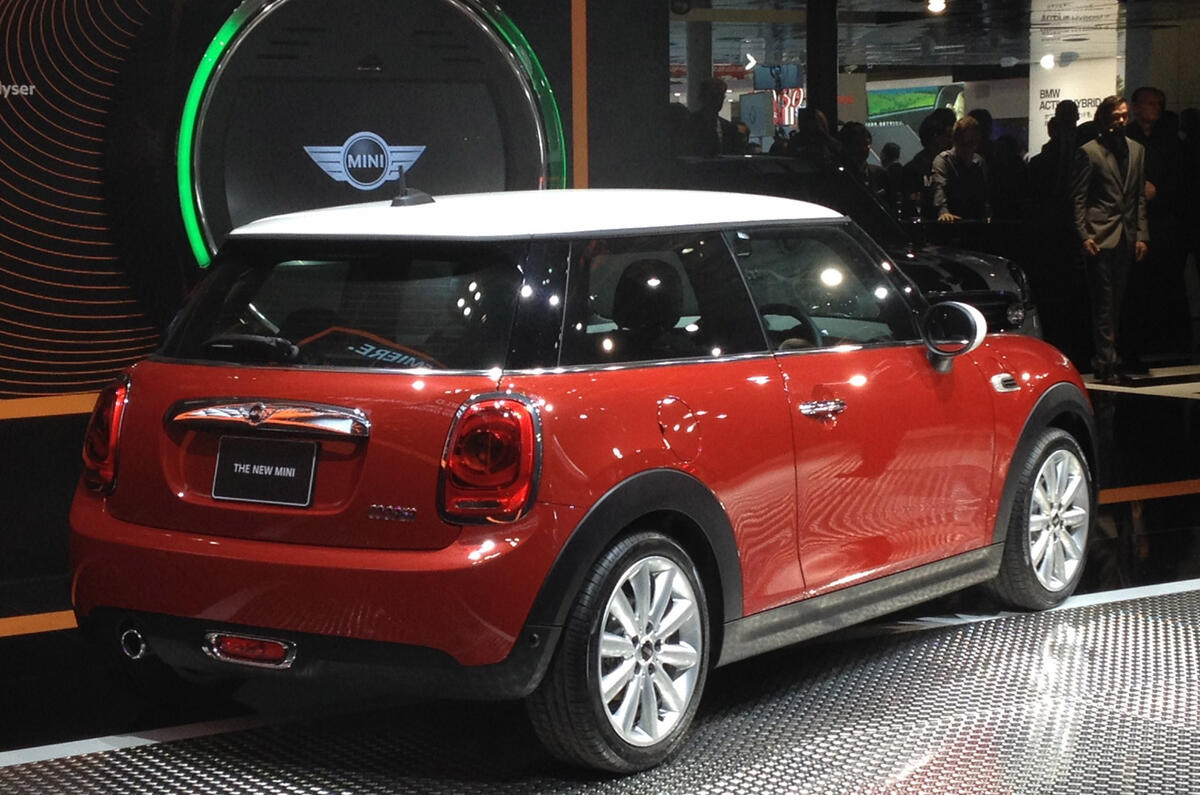Within a few days, the robots and humans in the vast production halls at Mini Plant Oxford will burst into life and start creating third-generation Minis for the first time.
It’s somehow fitting that such an important new car should begin rolling off the line in the same year that 100 years of car production at Oxford is being celebrated.
A static presentation outside of this week’s launch at Mini’s Oxford facility hammered home the rich heritage of the site.
On display were some examples of cars that carried the hopes of British car manufacturing when they emerged from the Oxford plant, among them a pristine Austin Princess owned by Autocar’s Richard Bremner.
Oxford turned out its first car, a Bullnose Morris Oxford, on 28 March 1913, not long after William Morris had converted a derelict military college into an assembly facility.
In the early days, about 20 cars per week were built, but this rapidly grew and in 1919 the allotments adjacent to the bustling factory were turned into a body shop. A few years later, there was further expansion and the plant’s workforce swelled beyond 10,000.
It took just 12 years for Morris Motors to overhaul Ford as Britain’s largest car maker, and by 1930 the company accounted for 30 per cent of the country’s export earnings.
In the early days, the workforce assembled cars largely from bought-in components, working around static cars and gradually adding the parts until the vehicle was complete.
By the 1920s the assembly process evolved so that workers were carrying our specific tasks on vehicles that were moved along the line on slave wheels. A decade later, the plant had one of the first moving production lines in Europe and the one millionth vehicle rolled off the Oxford line in 1939.
Exports played a significant role in Morris Motors’ success, and William Morris – by now awarded the title of Lord Nuffield – set-up 25 assembly plants in overseas markets. Exporting complete knock-down (CKD) vehicles for assembly reduced shipping and labour costs, and by 1967 around such kits accounted for around 40 per cent of the output of British Motor Corporation (as the company was by then called).
Now, the total number of cars produced at Oxford in the past 100 years has exceeded 11.65 million.
As an indication of how time-efficient current car making processes are, at the current rate of production Oxford would only take until 2048 to double that figure…




Join the debate
Add your comment
Morris v. Ford